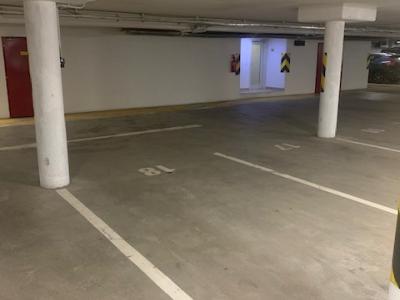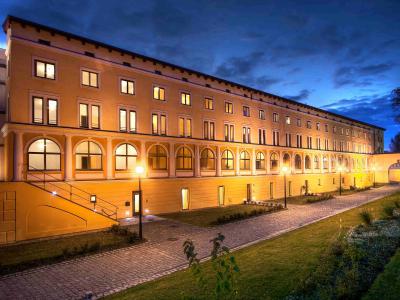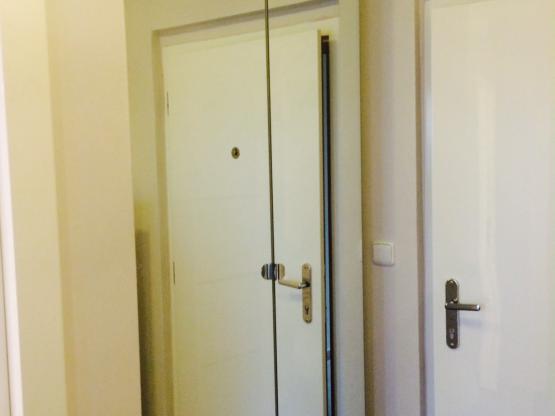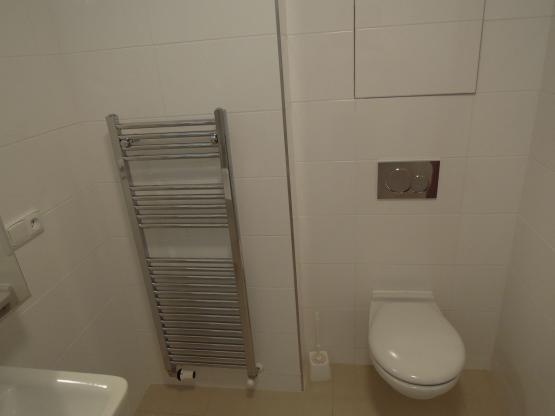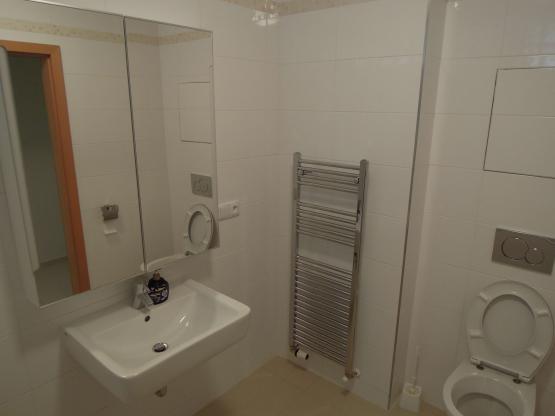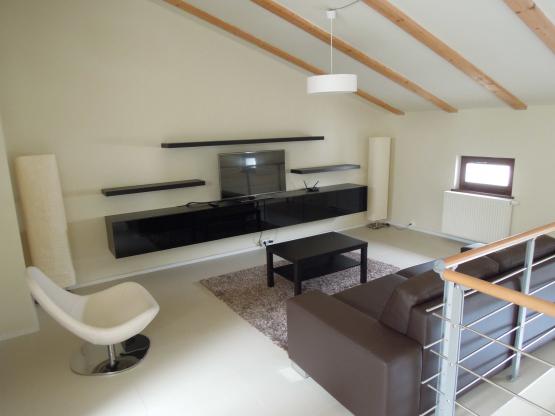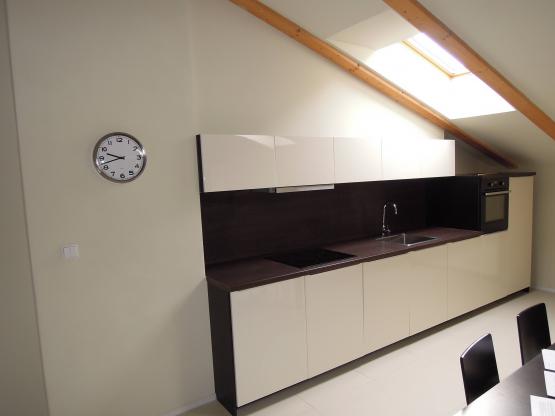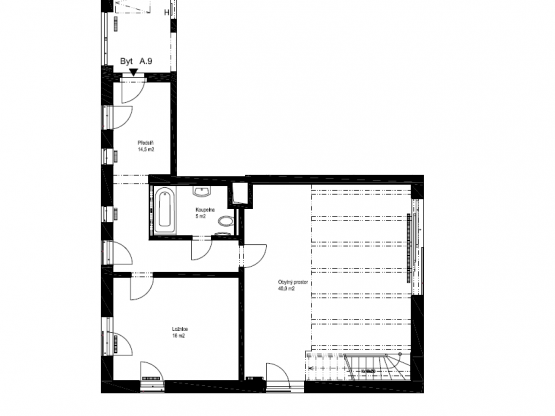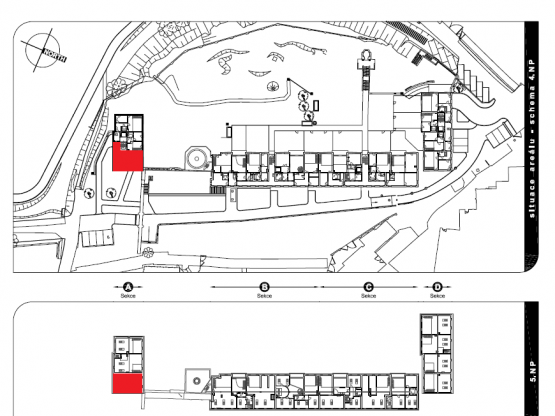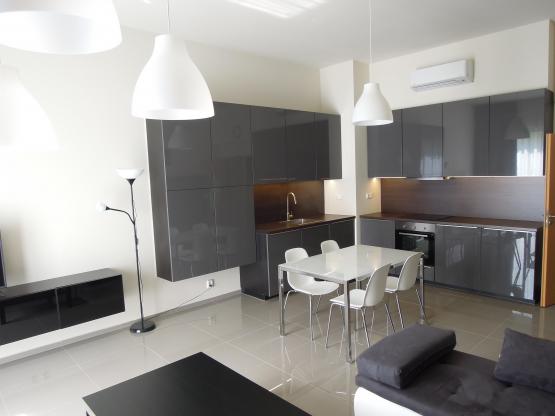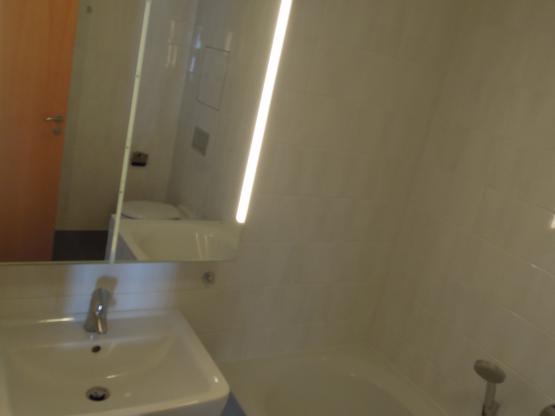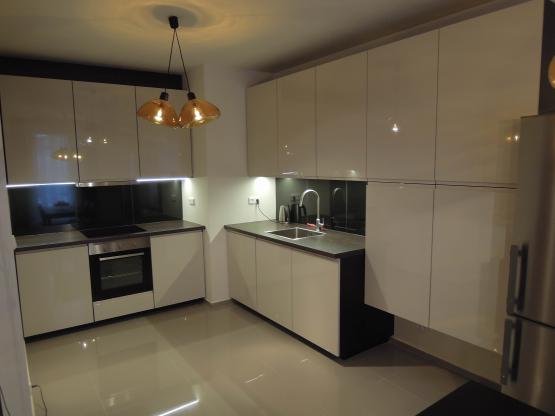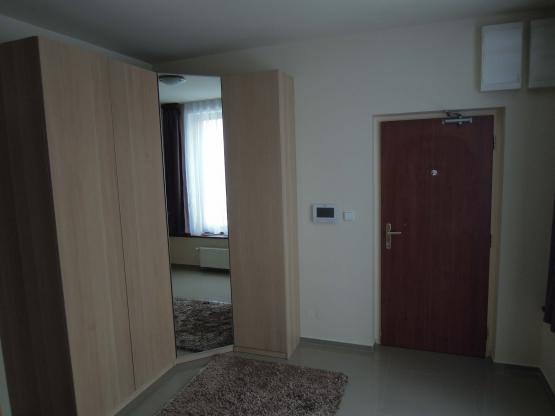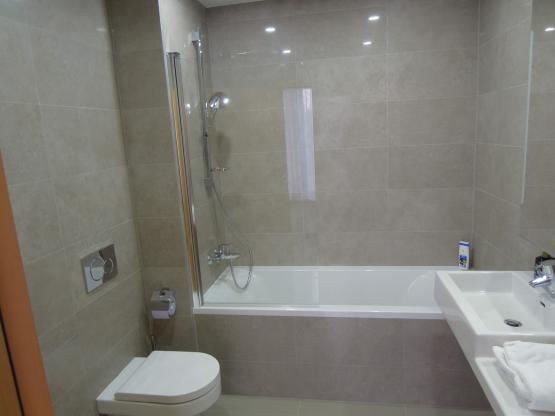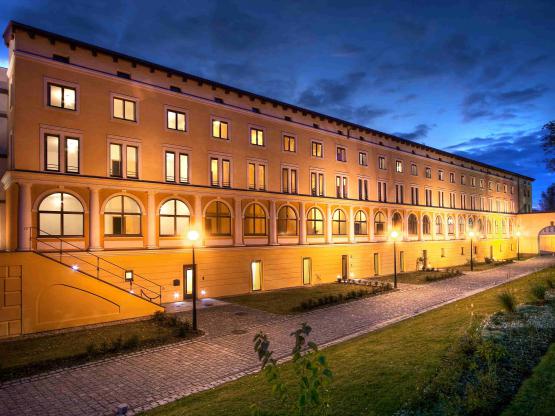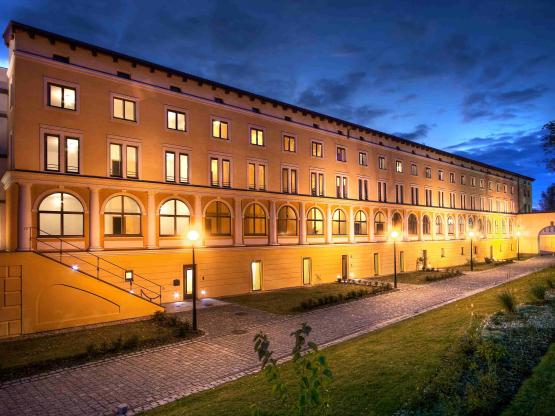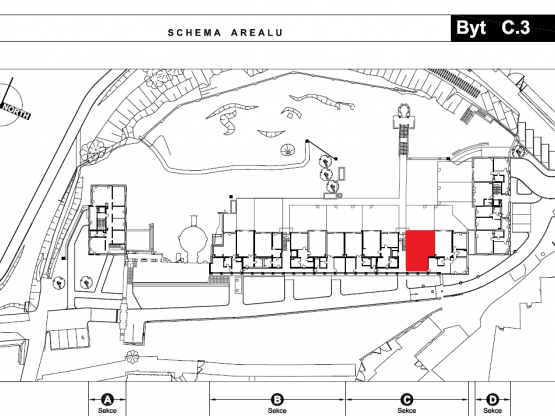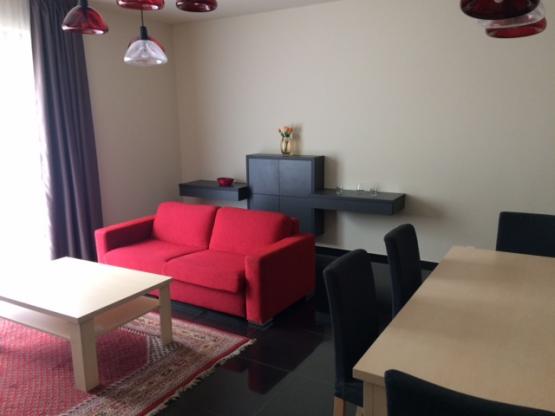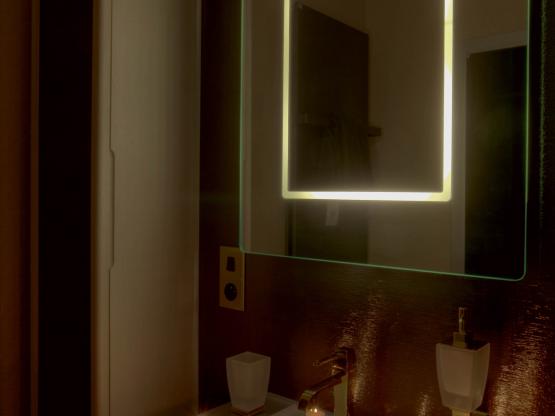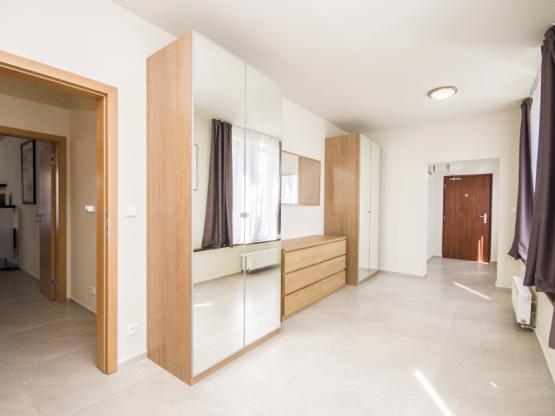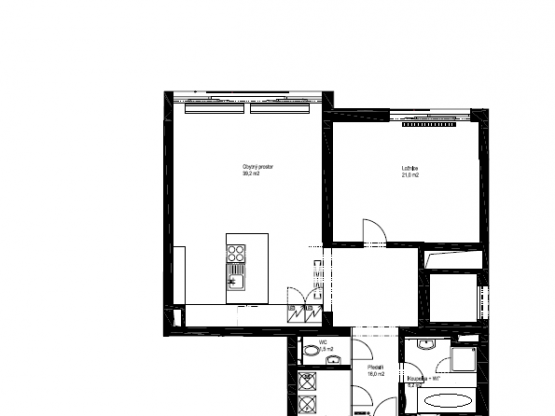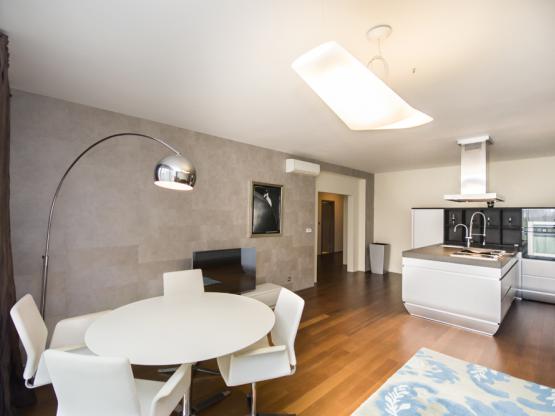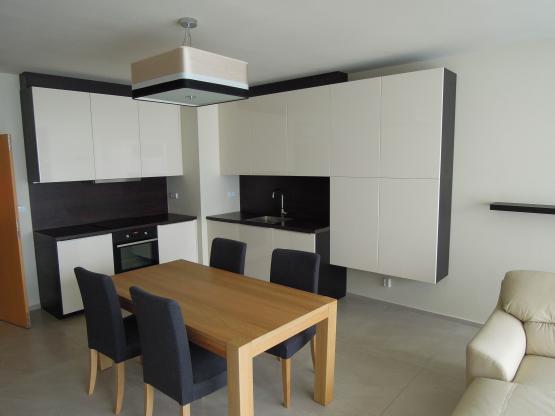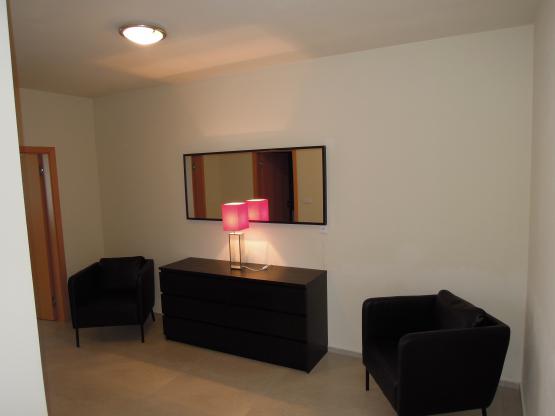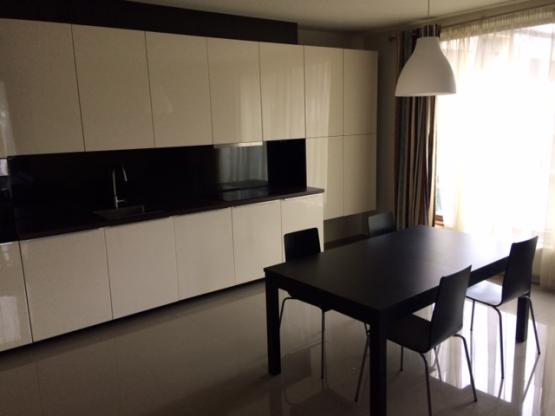The Imperial Mill stands at a place where at the beginning of the 13th century used to be a farm, which belonged to The Convent of Saint George. The original mill was built in 1395. One of the later landowners run there a saw mill and also established a vineyard on the hill Pecka. At that time, the village where the mill stood was not part of Prague. Nevertheless, already Maximillian II, Holy Roman Emperor, wanted to buy the mill, but only unsuccessfully. The mill became royal property as late as in 1584, when it was given as a gift to Rudolph II as an expression of gratitude for moving his imperial court from Vienna to Prague. Rudolph II grew fond of the place so much that he had it properly improved.
The mill served as a private summer residence and was expanding from 1589 – several late renaissance buildings and a variety of garden architecture were added. The most interesting and at the same time most mysterious of the Rudolphine improvements is a grotto – an artificial cave with a decorated portal dug into the cave. In the middle there used to be a small pond connected to local waterworks. Later, during the 18th century, the place started to be called Rudolph´s bath. Another part of the original compound was a walled swimming pool with balustrade, where precious fish was bred. All parts of the summer residence were interconnected by a stone arched corridor. Next to the mill room up a gemstone workshop was set up. Here precious stones were cut and polished, and works of art (such as vases or inlaid furniture) were made. Later, in 1606, a mannerist gate originally marked with Rudolph´s monogram “R” in a circle was added.
The Imperial Mill belonged to Czech kings until 1786, when it was put up for auction. Later the owners were quickly changing and many construction changes were made. The mill became an inn and there were also built various industrial workshops that needed a sufficient amount of water for their operation – e.g. a dye-house or first machine paper mill, to which a railroad siding was constructed. At the end of the 19th century a mill arm of the Vltava River was filled with soil due to the construction of a lock chamber and the mill was partly demolished. Consequently only a dilapidated ruin of the mill remained. At the beginning of the 21st century there was an extensive reconstruction, and The Imperial Mill residence now takes pride in 20 luxurious apartments which are surrounded by beautiful nature.

